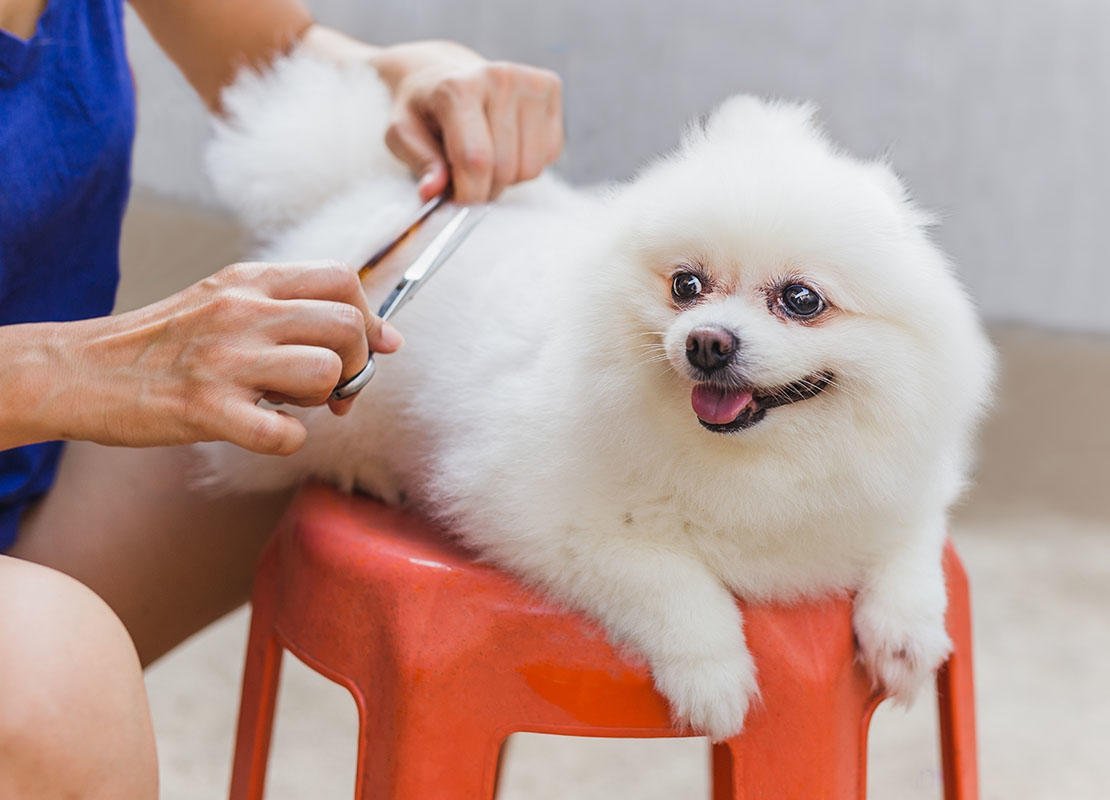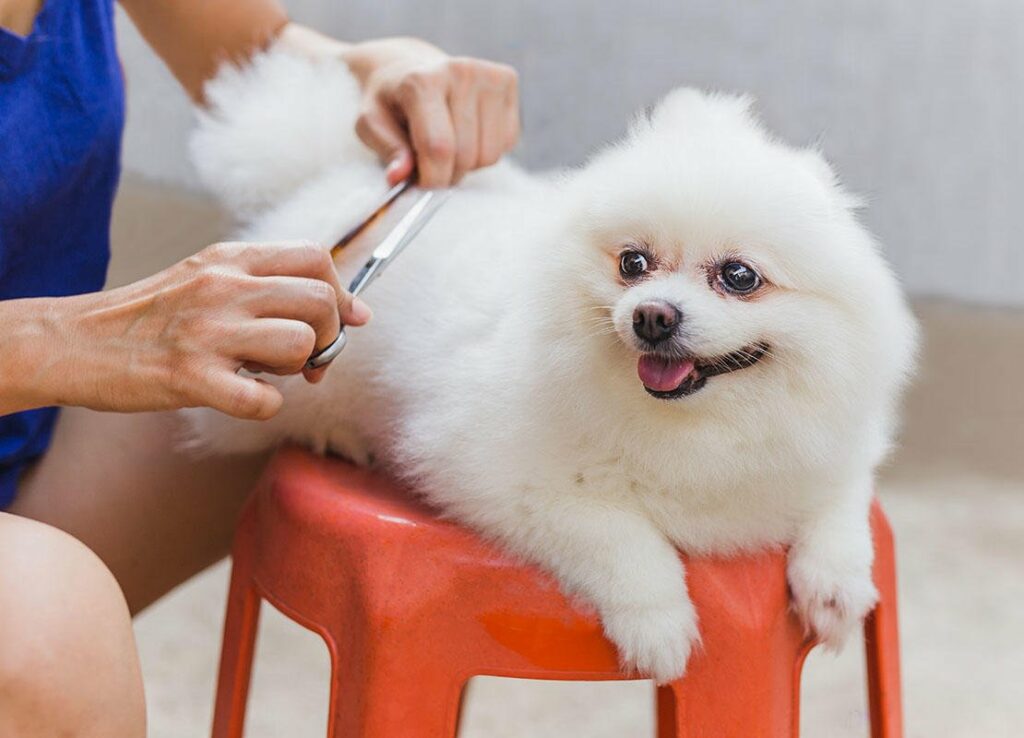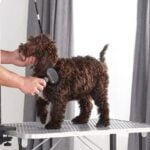Table of Contents
Grooming your pet at home is a great way to maintain their hygiene, bond with them, and save on grooming costs. With the right tools and techniques, you can keep your pet looking and feeling their best. This guide on how to groom your pet at home covers seven essential tips to help you groom your furry friend effectively.

Top Tips on How to Groom Your Pet at Home
1. Gather the Right Tools
Having the right tools is essential for effective grooming. Depending on your pet’s coat type, you may need brushes, combs, nail clippers, ear cleaners, and pet-safe shampoos. Invest in high-quality tools that are appropriate for your pet’s needs. For more on grooming tools, visit ASPCA Dog Grooming Tips.
2. Brush Regularly
Regular brushing helps remove loose fur, prevent matting, and distribute natural oils throughout your pet’s coat. For short-haired pets, brushing once a week is usually sufficient, while long-haired pets may require daily brushing. Use the appropriate brush for your pet’s coat type. For more on brushing, see PetMD Brushing Tips.
3. Bathe Your Pet Properly
Bathing your pet helps keep their coat clean and free from dirt and parasites. Use lukewarm water and a pet-safe shampoo. Avoid getting water in their ears and eyes. Rinse thoroughly to remove all shampoo residues. Bathing frequency depends on your pet’s activity level and coat type. For more on bathing, visit AKC Bathing Guide.
4. Trim Nails Carefully
Regular nail trimming is essential to prevent overgrown nails, which can cause discomfort and health issues. Use pet-specific nail clippers and trim a small amount at a time to avoid cutting the quick. If you’re unsure, ask your vet or a professional groomer for a demonstration. For more on nail trimming, see The Spruce Pets Nail Trimming.
5. Clean Ears and Eyes
Regularly check your pet’s ears and eyes for signs of infection or irritation. Use a pet-safe ear cleaner to gently clean the outer part of the ear. Wipe around the eyes with a damp cloth to remove any discharge. Avoid inserting anything into the ear canal. For more on ear and eye care, visit ASPCA Ear and Eye Care Tips.
6. Brush Teeth Regularly
Dental hygiene is crucial for your pet’s overall health. Use a pet-specific toothbrush and toothpaste to brush your pet’s teeth at least a few times a week. Regular brushing helps prevent plaque buildup, bad breath, and dental diseases. For more on dental care, visit AVMA Pet Dental Care.
7. Check for Fleas and Ticks
Regularly check your pet for fleas and ticks, especially after outdoor activities. Use a fine-tooth comb to inspect their coat and remove any parasites. Consider using flea and tick prevention products recommended by your veterinarian. For more on flea and tick prevention, see CDC Flea and Tick Prevention.
Conclusion on How to Groom Your Pet at Home
Grooming your pet at home can be a rewarding experience that enhances your bond and keeps your pet healthy. By following these seven essential tips on how to groom your pet at home, you can ensure your pet stays clean and comfortable. Regular grooming sessions also allow you to monitor your pet’s health and catch any issues early. For more pet care tips, check out our Pet Care Guide.
FAQs on How to Groom Your Pet at Home
How often should I groom my pet?
The frequency of grooming depends on your pet’s coat type and activity level. Short-haired pets may need grooming once a week, while long-haired pets may require daily grooming.
What type of brush should I use for my pet?
Choose a brush based on your pet’s coat type. Slicker brushes work well for long-haired pets, while rubber brushes are suitable for short-haired pets. Consult your vet for recommendations.
How can I make bathing my pet easier?
Use lukewarm water, a pet-safe shampoo, and avoid getting water in their ears and eyes. Calmly talk to your pet and offer treats to make the experience positive.
What should I do if I accidentally cut my pet’s quick while trimming nails?
If you cut the quick, apply styptic powder to stop the bleeding and soothe the area. If bleeding persists, contact your veterinarian.
How can I prevent fleas and ticks on my pet?
Regularly check your pet for fleas and ticks, especially after outdoor activities. Use flea and tick prevention products recommended by your veterinarian.
Is it necessary to brush my pet’s teeth?
Yes, regular dental care is essential for preventing plaque buildup, bad breath, and dental diseases. Use a pet-specific toothbrush and toothpaste for best results.











